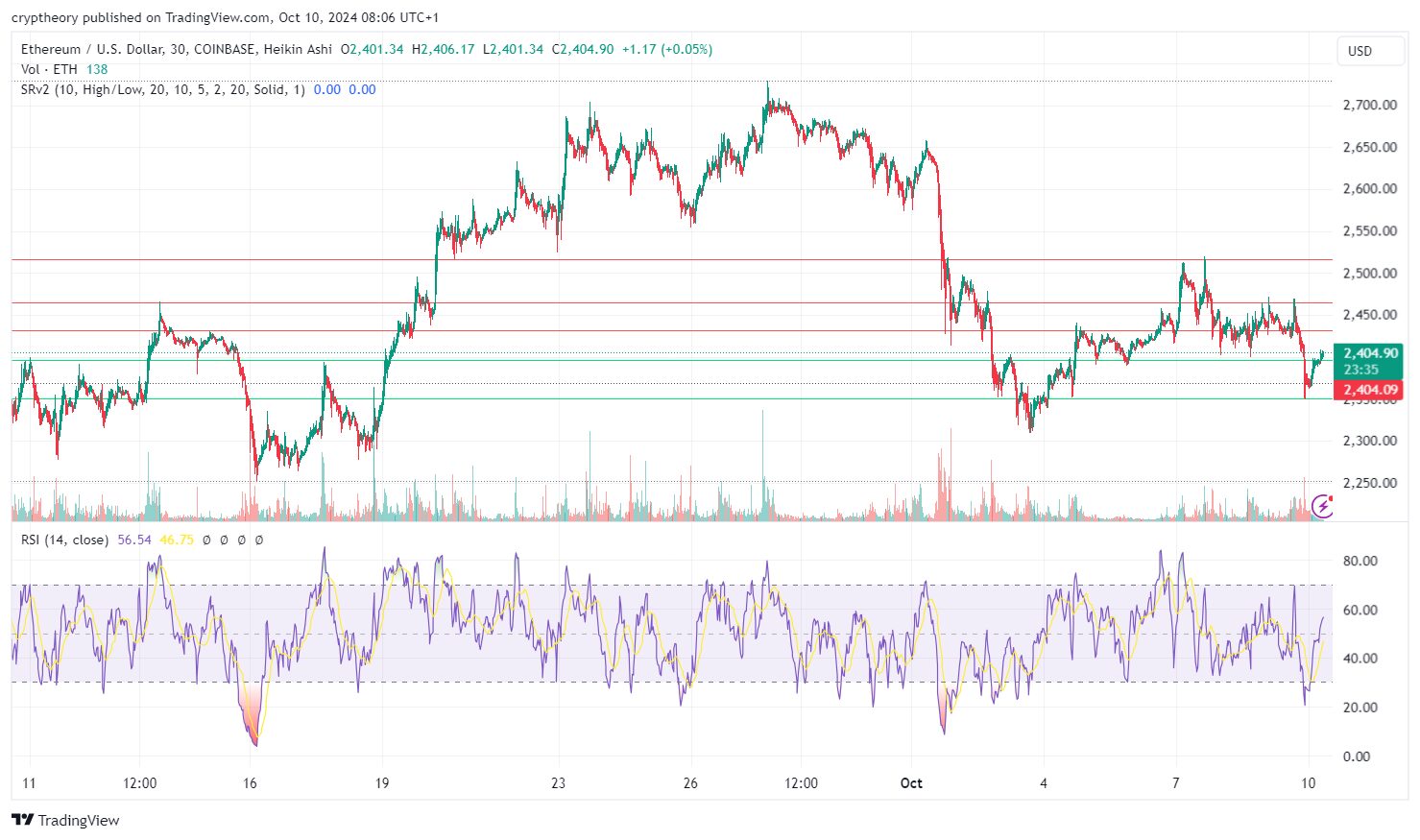Since the beginning of the year, the BTC network has remained above 200 EH/s in terms of computing power. However, over the past few days this seems to have changed as BTC’s hashrate shows a downward trend.
BTC Hashrate maintains downtrend
According to various sources, BTC hashrate dropped below 200 EH/s to a range between 190 EH/s and 160 EH/s. Thus, Mempool.space shows a drop of 30 EH/s or 15% from the average low point shown on July 9th. This represents a steady drop for 6 consecutive days. It is important to note that the hashrate is not a constant and that its values fluctuate daily.
Braiins, the company that manages the Slushpool pool and offers mining solutions, shows a more linear graph. However, even in the company’s data it is possible to see that since July 12 there is a downward trend.
Thus, the Glassnode and Hasrate Index charts also confirm this downward trend in BTC hashrate. Another indicator revealing the state of the BTC network today is Mempool.space’s difficulty adjustment estimate.
So, prior to July 11, the estimate was for a difficulty adjustment two percentage points above the current mark. Now we see that the same estimate is down more than 4% from that number. However, a 5% drop in hashrate is not a danger, according to analyst Jesus González.
“This fact calls attention, considering that we are in the middle of the difficulty adjustment period”, he said.
So the difficulty is adjusted every time 2016 transaction blocks are added to the history (plus or minus 14 days). The immediate response to that drop may be related to the heat wave that has hit Texas since earlier this week.
Thus, at least 1,000 megawatts destined for mining farm operations were removed from the grid.
“This flow of electrical energy could power over 300,000 S19 Pro miners, which would provide around 30 EH/s,” he said.
Also, at the beginning of the year, many miners were optimistic about the future of BTC mining.
In fact, they estimated a 50% growth in the computing power of the BTC network.





















